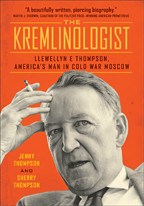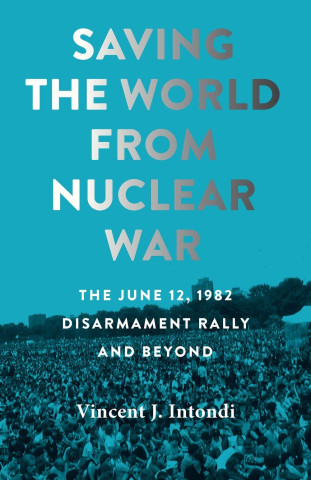
Reviews
An excellent study of how the process of [Ukraine's] disarmament unfolded. Drawing on a wide range of sources, including some Ukrainian sources not tapped before, Budjeryn details in great depth the internal deliberations of the Ukrainian government and the intensive rounds of negotiations among the U.S., Russia and the three non-Russian republics. Inheriting the Bomb is essential reading for anyone interested in issues of disarmament and nonproliferation.
Inheriting the Bomb: The Collapse of the USSR and the Nuclear Disarmament of Ukraine adds depth [and]...provides a rich description of an important historical example of nuclear disarmament and calls attention to specific tensions between nuclear weapons and state security.
Budjeryn's deeply researched book,...has obvious relevance today.
[Inheriting the Bomb] provides a comprehensive background to understand the genesis of Ukrainian resistance through well-researched archival documents related to diplomatic negotiations between Russians and Americans and Ukraine's internal debates, among others.
Underpinned by detailed archival research, Mariana Budjeryn's excellent book 'Inheriting the Bomb' documents the circumstances and decision-making that took Ukraine from hosting the world's third largest nuclear weapons arsenal in 1991 to being rid of all its nuclear weapons capabilities in 2006....All this makes for charged reading in 2023.
Mariana Budjeryn provides a comprehensive account of one of the most critical events in the field of international security in the post-Cold War period—the collapse of the Soviet Union and the appearance of three overnight 'nuclear states,' Belarus, Kazakhstan, and Ukraine. Inheriting the Bomb, with its focus on Ukraine's nuclear policy, is based on years of meticulous research and relies on previously unavailable archival material and numerous interviews. The book comes at an especially perilous time as Ukraine is fighting for its existence, and global tensions bring nuclear risks to the forefront. Now more than ever, it is critical to have a nuanced record of why and how Ukraine decided to give up its nuclear inheritance. Ukraine's nuclear disarmament is a unique and important story, and Budjeryn is the best person to tell it.
Book Details
List of Abbreviations
Acknowledgements
Prologue
Introduction
Part 1. Soviet Nuclear Disintegration
Chapter 1. Soviet Collapse and Nuclear Weapons
Chapter 2. Preventing Soviet Nuclear Disintegration
Chapter
List of Abbreviations
Acknowledgements
Prologue
Introduction
Part 1. Soviet Nuclear Disintegration
Chapter 1. Soviet Collapse and Nuclear Weapons
Chapter 2. Preventing Soviet Nuclear Disintegration
Chapter 3. The Road to Lisbon: Proliferation v. Succession
Chapter 4. Belarus and Kazakhstan: Paths not Taken
Part 2. Ukraine: Negotiating a Nuclear Exception
Chapter 5. The Road to Nuclear Renunciation
Chapter 6. From Renunciation to Ownership
Chapter 7. Nuclear Ownership and Deterrence
Chapter 8. From Ownership to Renunciation
In Conclusion
Bibliography
Index






